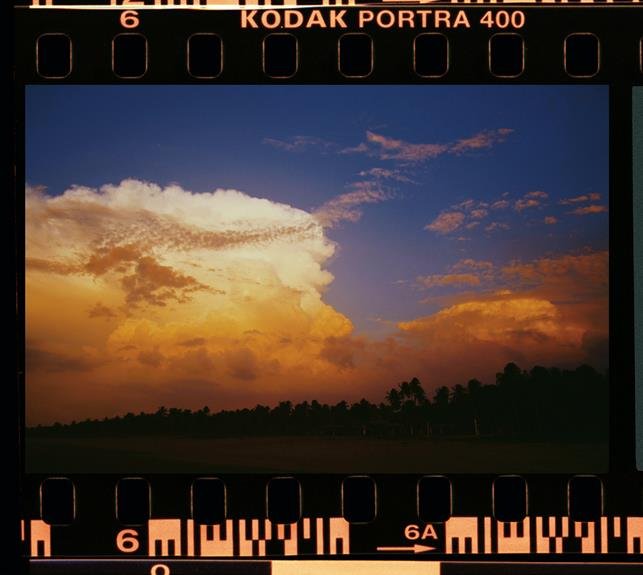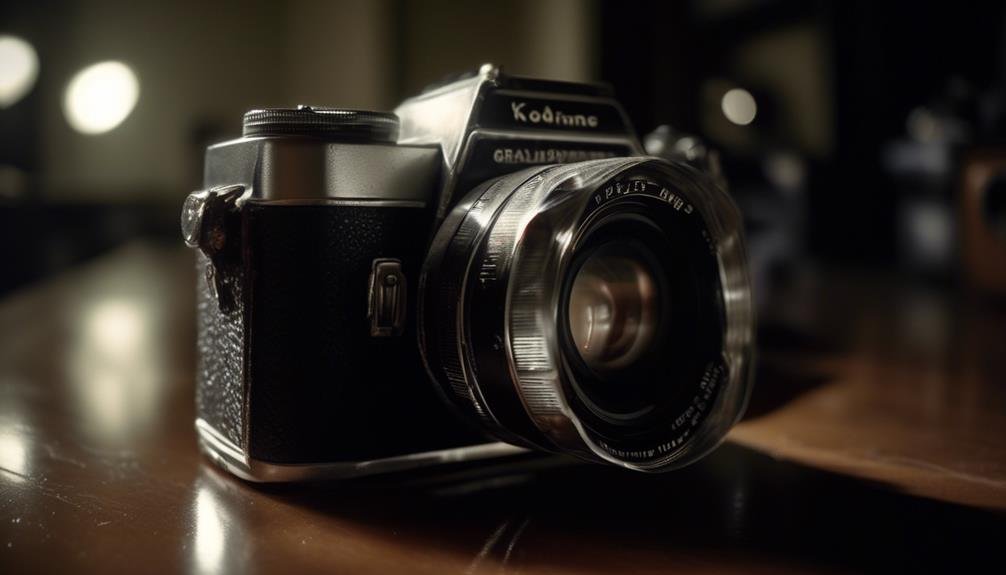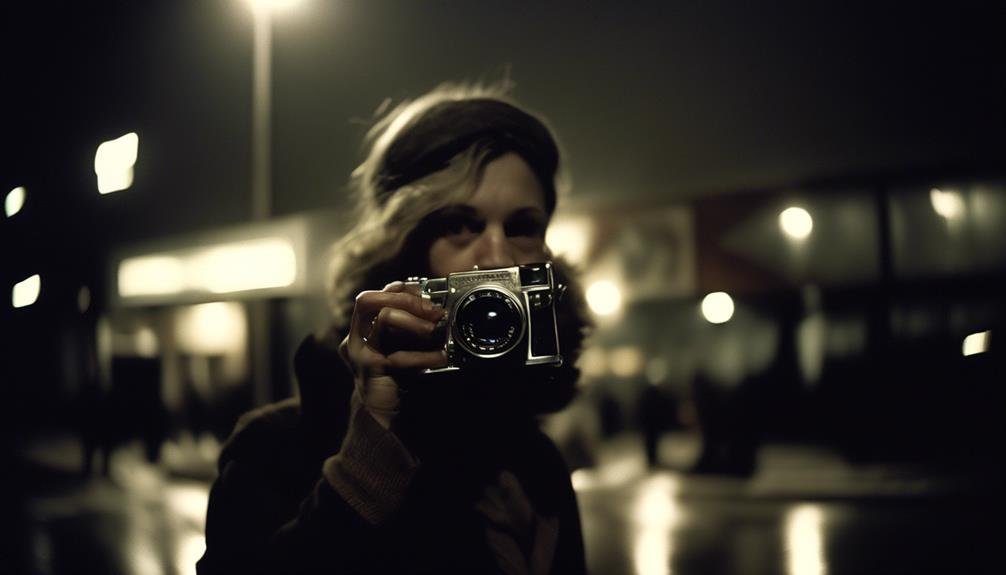
In the world of photography, we've all heard the adage "a picture is worth a thousand words." And in low light conditions, the need for clear, sharp images becomes even more crucial. This is where image stabilization in mirrorless cameras steps in to make a significant difference. But what exactly is image stabilization, and how does it work in the context of mirrorless cameras? Let's explore the intricacies of conquering low light through the lens of image stabilization and discover how it can elevate your photography to new heights.
Importance of Image Stabilization in Low Light
Image stabilization in mirrorless cameras is crucial in low light situations to ensure sharp and clear images. In low light photography, the risk of camera shake and blur is heightened due to the longer exposure times required. To combat this, advanced stabilization techniques are employed in mirrorless cameras to mitigate the effects of handshake and movement. These techniques include sensor-shift stabilization, where the camera's sensor compensates for movement by adjusting its position, and lens-based stabilization, which utilizes movable lens elements to counteract shake. These innovations allow photographers to capture crisp, detailed images even in challenging lighting conditions.
Understanding the significance of image stabilization in low light is essential for photographers aiming to push the boundaries of their craft. By harnessing the power of stabilization technology, professionals and enthusiasts alike can elevate their low light photography to new heights, capturing scenes with unprecedented clarity and precision. As the demand for high-quality low light imagery continues to grow, the integration of cutting-edge stabilization techniques in mirrorless cameras represents a pivotal advancement in the pursuit of photographic innovation.
Types of Image Stabilization Systems
In understanding the significance of image stabilization in low light, it becomes imperative to explore the various types of stabilization systems utilized in mirrorless cameras. There are two primary types of image stabilization systems commonly found in mirrorless cameras:
- Lens stabilization: This type of stabilization system is integrated into the lens itself, allowing for physical movement of lens elements to compensate for camera shake. It is particularly effective for telephoto lenses and provides stabilized images through the optical path.
- Electronic stabilization: In contrast to lens stabilization, electronic stabilization utilizes sensors within the camera body to detect and counteract vibrations and movements. It achieves stabilization by cropping the image or shifting the sensor to compensate for shake, resulting in smoother footage or sharper images.
- Combination stabilization: Some mirrorless cameras incorporate both lens stabilization and electronic stabilization, offering a hybrid approach to effectively reduce the impact of camera shake in various shooting scenarios.
- In-body stabilization (IBIS): This type of stabilization system involves a mechanism within the camera body that moves the sensor to counteract movements, allowing for stabilization with any lens attached to the camera.
Understanding the distinctions between these types of image stabilization systems is crucial for photographers and videographers seeking optimal performance in low light conditions.
Advantages of In-Body Image Stabilization

With its ability to provide stabilization for any lens attached to the camera, in-body image stabilization (IBIS) offers photographers and videographers a versatile and effective solution for capturing steady and sharp images. One of the key benefits of IBIS is its effectiveness across a wide range of lenses, including older models and those without built-in stabilization. This versatility means that photographers can achieve steady shots even with lenses that lack their own stabilization technology, expanding the creative possibilities and saving on the need to invest in multiple stabilized lenses. Additionally, IBIS allows for comparison in performance across different lenses, empowering users to choose the best lens for their specific needs without sacrificing image stabilization. This can lead to cost savings and increased flexibility in lens selection. Furthermore, the effectiveness of IBIS in reducing camera shake provides a consistent level of stabilization regardless of the lens used, resulting in consistently sharp images and smoother videos. The advantages of IBIS make it a compelling feature for photographers and videographers seeking superior image stabilization without being limited by lens compatibility or performance variations.
How Lens Stabilization Complements In-Body Stabilization
Complementing in-body stabilization, lens stabilization enhances the overall image stabilization capabilities of mirrorless cameras, contributing to sharper and steadier shots across a variety of shooting scenarios. When considering low light photography, the collaboration between lens and in-body stabilization becomes crucial for capturing clear and blur-free images in challenging lighting conditions.
- Dual Stabilization: The combination of in-body and lens stabilization systems provides a dual stabilization effect, effectively minimizing camera shake and blur in low light situations.
- Specialized Lens Stabilization: Some lenses are equipped with specialized stabilization mechanisms tailored to specific shooting conditions, such as low light or telephoto photography, further improving image sharpness.
- Enhanced Low Light Performance: The synergy between in-body and lens stabilization empowers photographers to confidently shoot in low light, expanding creative possibilities and capturing stunning moments with clarity.
- Adaptability to Different Lenses: With lens stabilization complementing in-body stabilization, photographers can enjoy consistent stabilization benefits regardless of the lens attached, ensuring versatile performance across their equipment lineup.
This seamless integration of in-body and lens stabilization systems underscores the significance of their complementary relationship in addressing the challenges of low light photography.
Image Stabilization Technology in Mirrorless Cameras

The seamless integration of in-body and lens stabilization systems underscores the significance of their complementary relationship, setting the stage to explore the advanced image stabilization technology utilized in mirrorless cameras. Sensor technology plays a pivotal role in this cutting-edge stabilization. Mirrorless cameras employ sensor-shift technology within the camera body to counteract camera shake, resulting in sharper images and smoother videos. This innovative approach allows for greater flexibility when using different lenses, as the stabilization is built into the camera itself rather than relying solely on lens-based stabilization.
Furthermore, the incorporation of sensor technology has significantly enhanced low light performance in mirrorless cameras. The ability to stabilize the sensor allows for longer exposure times without the risk of blurriness from hand movement, enabling photographers to capture stunning images in challenging lighting conditions. This has revolutionized the way photographers work in low light environments, providing them with the confidence to push the boundaries of creativity without compromising image quality. The synergy of sensor technology and image stabilization has undoubtedly elevated the capabilities of mirrorless cameras, making them indispensable tools for photographers seeking innovation and uncompromising performance.
Frequently Asked Questions
Can Image Stabilization in Mirrorless Cameras Completely Eliminate the Need for a Tripod in Low Light Conditions?
Absolutely, image stabilization in mirrorless cameras can drastically reduce the need for a tripod in low light conditions. Compared to DSLRs, mirrorless cameras offer superior stabilization, providing viable alternatives for steady shots in challenging lighting.
How Does Image Stabilization in Mirrorless Cameras Affect the Overall Image Quality and Sharpness?
Image stabilization in mirrorless cameras greatly improves sharpness in low light, offering viable alternatives to tripods. The technology enhances overall image quality, reducing blur and allowing for better handheld shooting.
What Are the Potential Drawbacks or Limitations of Relying on In-Body Image Stabilization in Low Light Situations?
Relying solely on in-body image stabilization in low light situations presents potential drawbacks and limitations. While effective, it may not fully compensate for movement, particularly in challenging conditions. This reliance in mirrorless cameras may benefit from supplementary support like tripods.
Are There Specific Shooting Scenarios Where Lens Stabilization Would Be More Effective Than In-Body Stabilization in Mirrorless Cameras?
In low light shooting scenarios, lens stabilization can be more effective than in-body stabilization in mirrorless cameras. It enhances stability and minimizes blur, making it ideal for capturing sharp images in challenging lighting conditions.
How Does Image Stabilization Technology in Mirrorless Cameras Compare to That of Traditional DSLR Cameras in Low Light Conditions?
In low light conditions, mirrorless cameras' image stabilization technology outperforms traditional DSLRs. It enhances low light performance, delivering sharper, clearer images. This innovation in stabilization technology empowers photographers to capture stunning shots even in challenging lighting situations.
